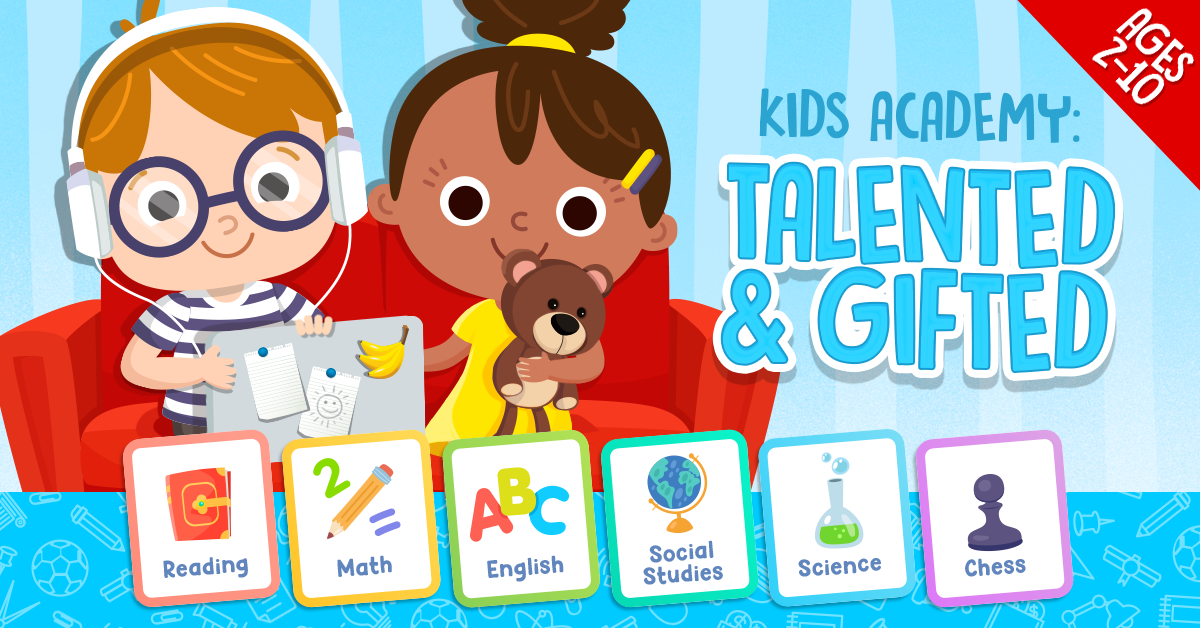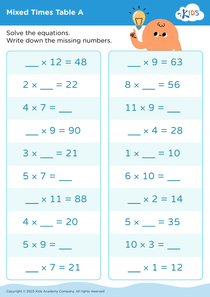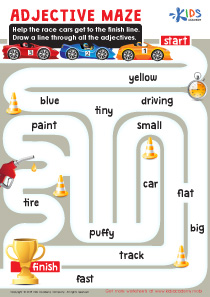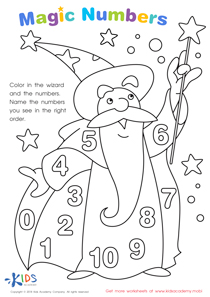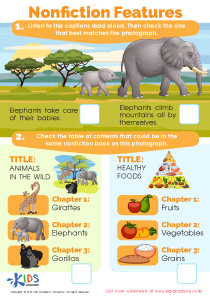Recognizing shapes Extra Challenge Worksheets for Ages 6-8
3 filtered results
-
From - To
Unlock your child's potential with our "Recognizing Shapes Extra Challenge Worksheets for Ages 6-8"! Designed to enhance critical thinking and shape recognition skills, these engaging worksheets provide an exciting blend of fun and education. Children will encounter various activities that stimulate creativity while reinforcing their understanding of different shapes. Perfect for classroom or at-home learning, these challenges encourage problem-solving and independent thinking. Whether your child is a beginner or needs extra practice, these worksheets offer a range of difficulty levels to suit all learning paces. Help your child build a solid foundation in geometry and have fun while doing it!
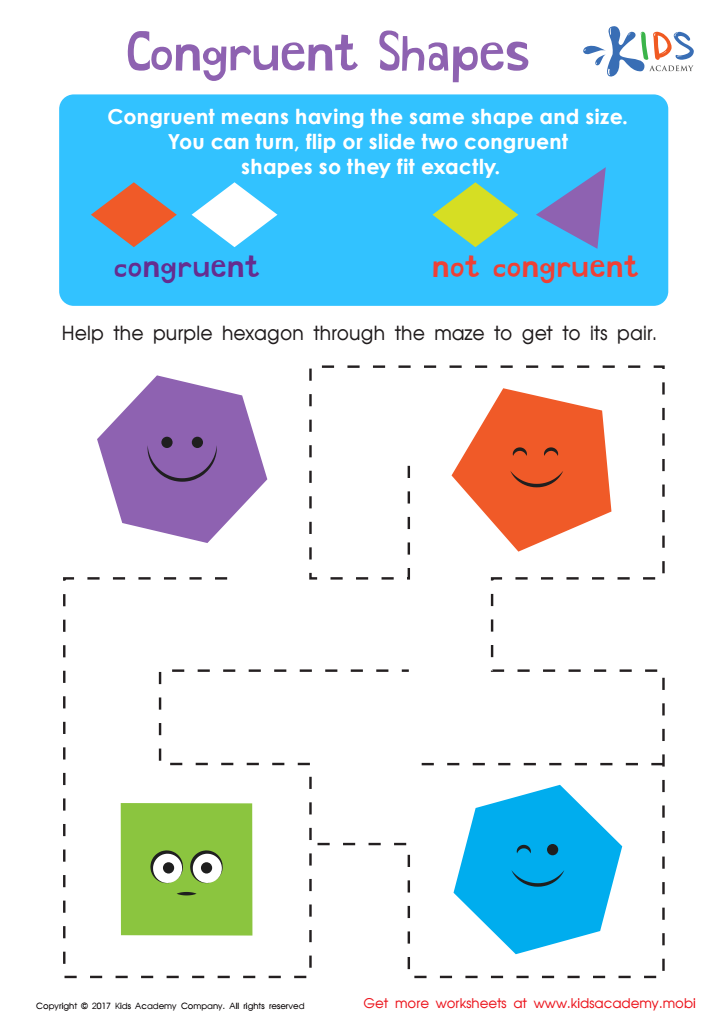

Congruent Shapes Worksheet


Lines of Symmetry Printable
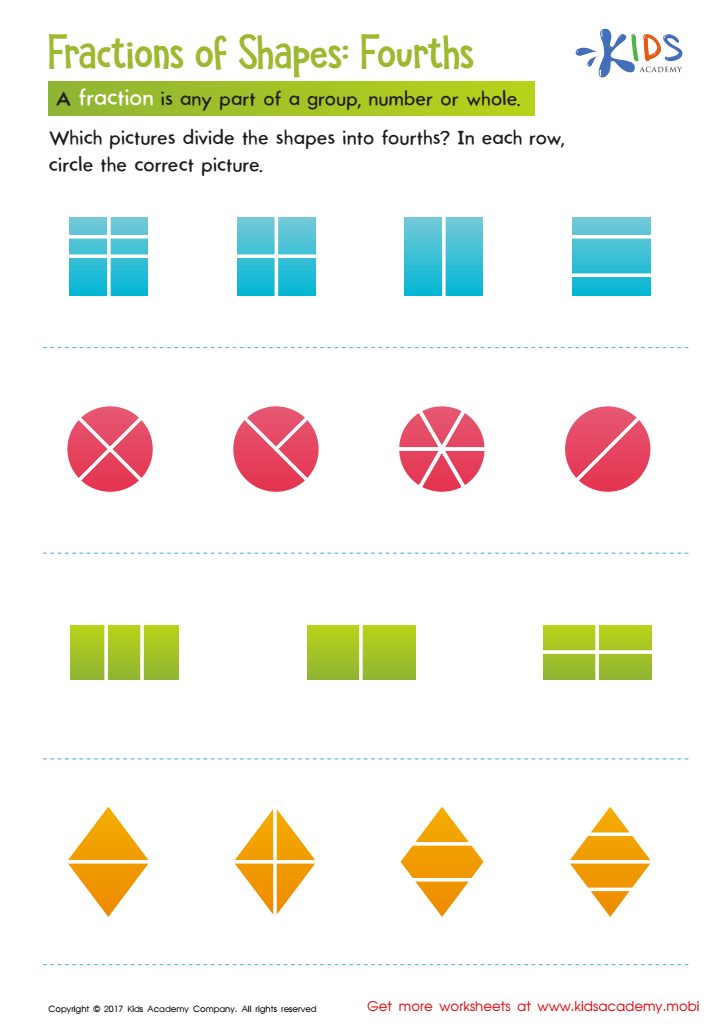

Fractions of Shapes Worksheet
Recognizing shapes is a fundamental skill for children aged 6-8, playing a vital role in their overall development. First and foremost, learning about shapes lays the groundwork for more complex mathematical concepts. It enhances spatial awareness, which is essential for tasks such as reading maps, understanding geometry, and solving puzzles.
Furthermore, shape recognition fosters critical thinking and problem-solving skills. When children identify and categorize shapes, they engage in analytical thinking, which encourages them to observe and explore their surroundings more critically.
Moreover, shapes are integral in art and design, supporting creative expression. Recognizing different shapes enables children to express themselves visually and can be foundational in subjects like art, architecture, and even science. For instance, understanding shapes aids in grasping concepts like symmetry and patterns, crucial in exploratory learning.
Finally, recognizing shapes improves fine motor skills as children manipulate objects to form and understand shapes. For parents and teachers, emphasizing this recognition not only propels academic success but also nurtures creativity, critical thought, and motor skills. Through engaging challenges and activities, they can significantly foster their children's curiosity and confidence in their abilities.
 Assign to My Students
Assign to My Students





